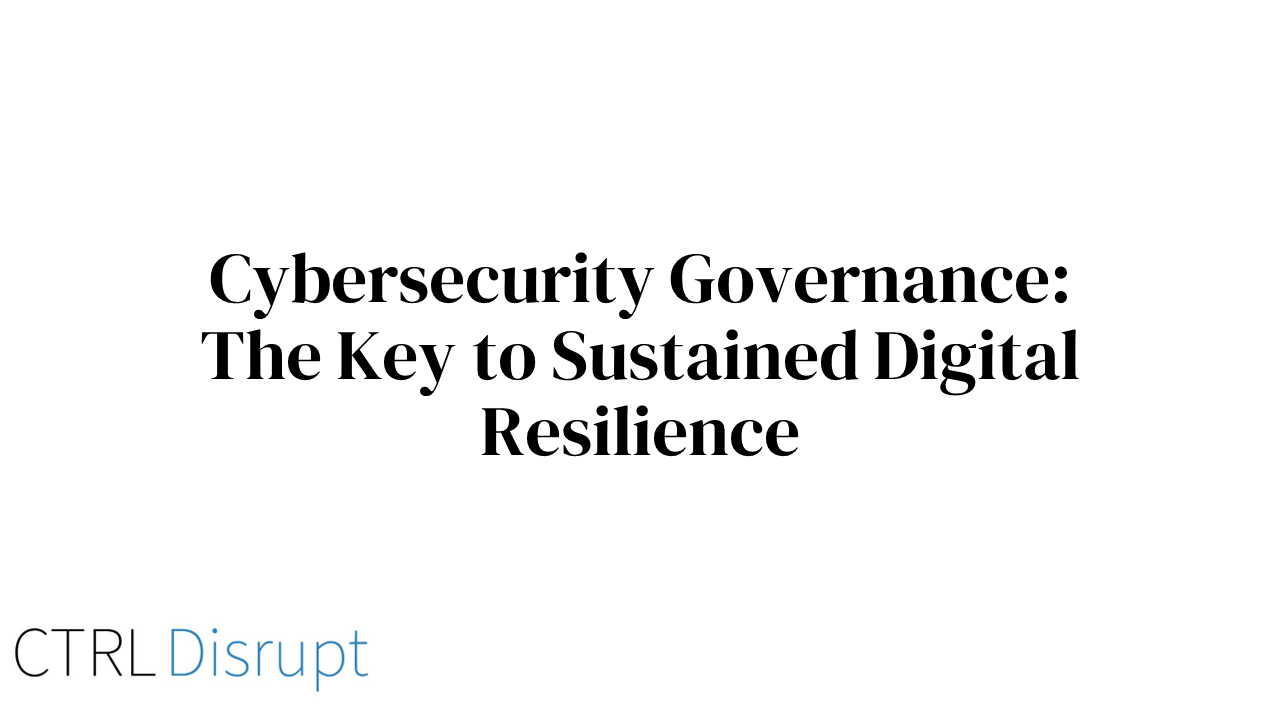Situational Awareness
Introduction
Situational awareness is a crucial concept in various fields, including risk management, military operations, aviation, and cybersecurity. It refers to the ability to perceive, comprehend, and project information about the surrounding environment and events. By maintaining a high level of situational awareness, individuals and organizations can make informed decisions, anticipate potential risks, and effectively respond to changing circumstances.
Situational Awareness plotted on gaming
An example I use to teach about risk management is the concept of situational awareness, which is based on Mica Endsley's paper (Endsley & Connors, 2008) and a demonstration using the game Command & Conquer: Red Alert. In the image below, you can see a screenshot from the game Red Alert. Using key elements such as budget, context, and nearby threats, opportunities, the player makes strategic decisions to secure victory. This can also be mapped onto the Cyber Security field in organizations.

Levels of Situational Awareness plotted on Cyber Security (Cyber Situational Awareness)
This concept encompasses three levels of situational awareness:
Level 1: Perception of the elements in the current situation. This means that an organization has an understanding of the threats, vulnerabilities, and controls present. By maintaining a comprehensive overview of the situation, organizations can identify potential risks and take appropriate measures to mitigate them.
Level 2: Comprehension of the current situation. At this level, the focus is on processing the collected information to establish connections, patterns, and relationships among different elements. It allows for a deeper understanding of the situation, enabling organizations to prioritize threats, allocate resources effectively, and make strategic decisions.
Level 3: Projection of the future status. This level involves predicting potential outcomes and taking proactive measures to protect the organization before any adverse effects occur. By accurately predicting possible developments, organizations can implement measures to prevent or minimize the impact of adverse events before they affect their operations.
In summary, situational awareness provides a systematic approach to assess and navigate complex environments. By progressing through the levels of perception, comprehension, and projection, organizations can enhance their ability to identify threats, respond effectively, and protect their interests. This concept is particularly relevant in risk management and cybersecurity, where timely and informed decision-making is essential to mitigate potential risks and secure organizational assets.
Are you interested in leveraging this model to strengthen your cyber defense? We would be delighted to assist you! Feel free to reach out to us for further information or to initiate a conversation.
R. Endsley and E. S. Connors, "Situation awareness: State of the art," 2008 IEEE Power and Energy Society General Meeting - Conversion and Delivery of Electrical Energy in the 21st Century, Pittsburgh, PA, USA, 2008, pp. 1-4, doi: 10.1109/PES.2008.4596937.



